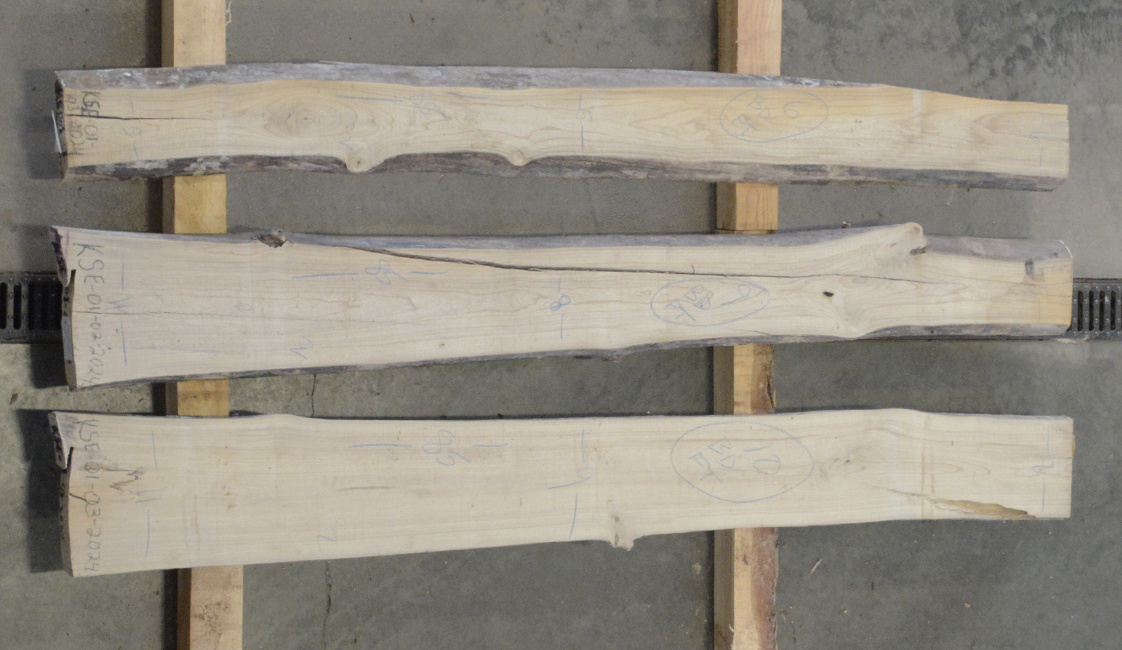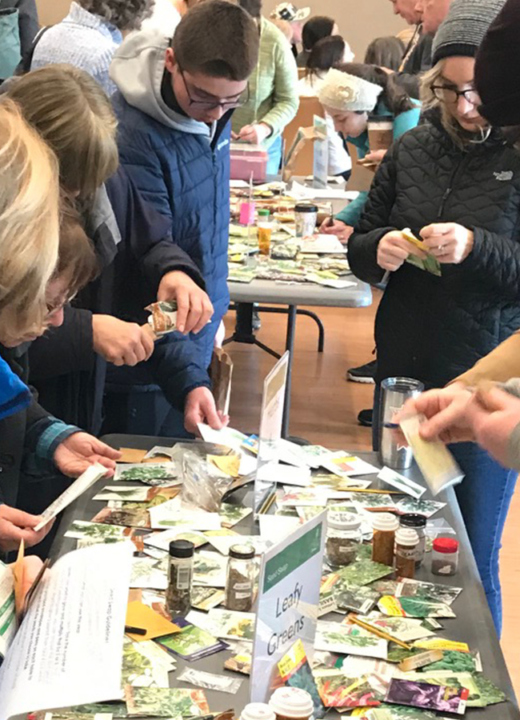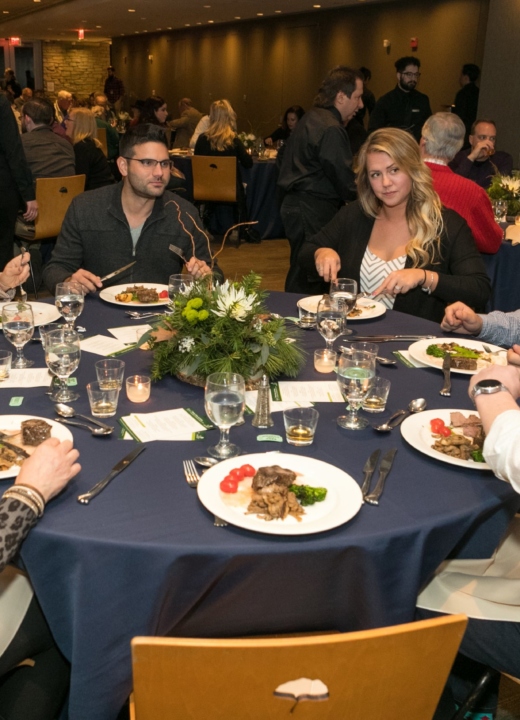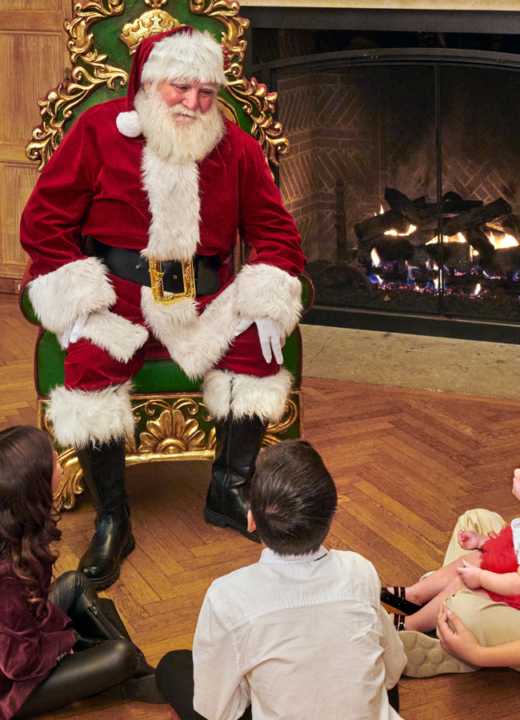On Saturday, June 21, 2025, woodworkers and fabricators will have the opportunity to purchase rare and beautiful slabs of wood at The Morton Arboretum.
Turning salvaged wood into long-lasting furniture is a highly effective and beautiful way to sequester carbon.
At the Wood Slab Sale, ticket holders can purchase large, high-quality slabs cut from a variety of deciduous and coniferous tree species. The inventory includes hundreds of wood slabs cut from more than 50 species in a wide range of colors and grain patterns, perfect for furniture and other fine woodworking projects.
Please note that slabs are available on a first come, first served basis. We cannot guarantee that a slab or species listed here will still be available when you arrive at your selected time.
Event Highlights
A limited number of slabs include blue stain or spalting, are highly figured, or contain burls for one-of-a-kind projects.
Tree cookies, turning blocks, burls, and stumps are available. Pricing for these pieces ranges from $10 to $30 each.
Arboretum members receive a 10% discount on all purchases made at the sale.
Ticket Details
Cost: $50
Your ticket price will be automatically applied toward your purchase at the sale.
To shop the Wood Slab Sale, attendees must purchase a timed-entry ticket online in advance of the sale by selecting an available time slot for June 21, between 8:00 a.m. and 2:00 p.m.
Purchase Wood Slab Sale tickets and member tickets.
Wood Slab Sale tickets include general admission to the Arboretum for the day.
If you come to the sale and do not find any wood to purchase, we would be happy to refund the full cost of your ticket. No ticket refunds are given for nonattendance at the event.
Your ticket and Wood Slab Sale purchases help support the Arboretum’s vision of a greener, healthier, more beautiful world where people and trees thrive together.






























































































